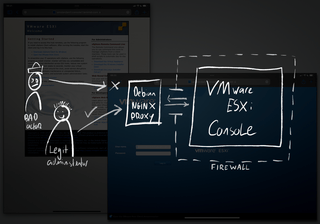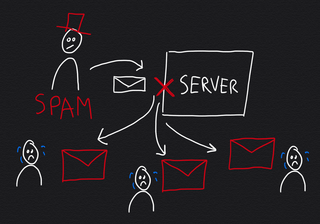Secure Infrastructure
Every cool app or website needs a strong foundation to run on. This is the part nobody sees, but it's what keeps everything safe, fast, and online, even when things get busy or go wrong.
This foundation can live in the "cloud," which is like renting space on a super-computer, or it can be a powerful physical system you build yourself for massive amounts of data. I have experience with both, helping projects move to the cloud or building large, professional storage systems from scratch.
Just like a house needs strong locks, this digital foundation needs to be protected from hackers and other threats. A huge part of my job is making sure all the digital doors are locked and secure, from the main servers to the complex systems that handle your email.
Even the best systems can have problems. That's why it's crucial to watch them constantly, so you know instantly if something is wrong, often even before the users do. And for those "just in case" moments, having a smart backup plan is essential to get everything back online quickly.
Keeping things running smoothly means knowing the deep, technical details. It's about mastering the tools to make perfect copies of your data and understanding how to manage complex updates to critical software without causing problems for your users.
Worried about your website's foundation? Or need to make sure your systems are strong and secure? Let's talk about building something you can rely on.







